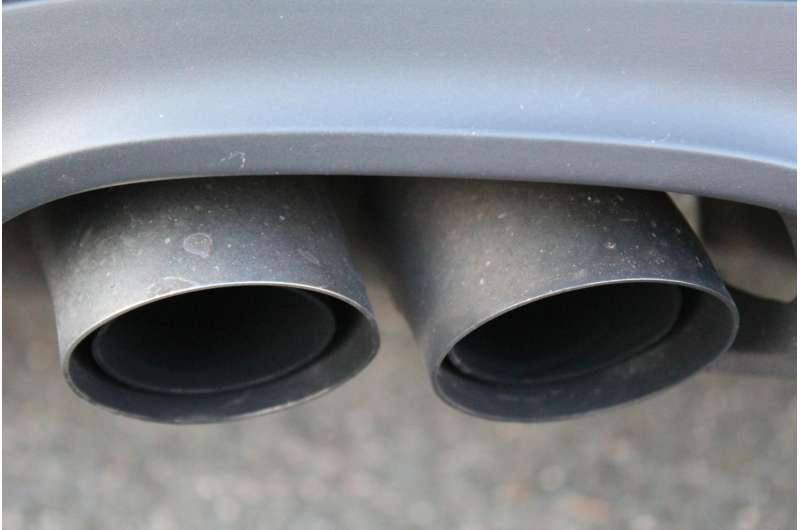Implementing Road Emission Policies Could Save 1.9 Million Lives by 2040

Strategic policies targeting road transport emissions could save 1.9 million lives and prevent millions of asthma cases globally by 2040. Implementing vehicle standards and promoting clean electric transportation are key to improving public health worldwide.
Recent research indicates that strategic policies aimed at reducing emissions from road transportation could have a profound impact on global health. By 2040, these measures have the potential to save approximately 1.9 million lives and prevent 1.4 million new cases of childhood asthma worldwide. The study, conducted by the International Council on Clean Transportation, in collaboration with Cardiff University and the University of Colorado Boulder, provides a comprehensive analysis of various policy interventions.
Key policies, such as implementing Euro 6/VI and Euro 7 emissions standards, accelerating the adoption of electric vehicles, and renewing vehicle fleets, are identified as crucial strategies. When combined with cleaner electricity generation for electric vehicles, these policies could amplify health benefits significantly.
The findings reveal that in 2023 alone, road transport emissions are responsible for roughly 252,000 new asthma cases in children globally, with children under five accounting for half of these cases. In Europe, one-third of new childhood asthma cases linked to nitrogen dioxide pollution are due to road transport emissions. The study projects that, without further intervention, health disparities across regions will widen, with developing countries experiencing a doubling of premature deaths and asthma cases.
However, in Europe, existing policies adopted as of 2023 are expected to reduce premature mortality and asthma cases by 50% and 70%, respectively, by 2040. Maintaining and strengthening these policies, including stricter vehicle standards and promoting electric vehicle use, could prevent an additional 149,000 premature deaths and 64,000 new asthma cases.
The research highlights significant disparities in health impacts across age groups and regions—children under five and older adults face the highest risks. Urban populations, particularly in Europe, are disproportionately affected due to high exposure levels.
Experts emphasize the critical need for global and regional policy actions to protect vulnerable populations from transportation-related air pollution. Implementing comprehensive emission standards, promoting electric vehicle adoption, and ensuring clean electricity for electric vehicle charging are vital steps towards achieving these health benefits.
This study underscores the importance of integrating environmental policies with public health strategies, emphasizing that safeguarding air quality not only protects the environment but also saves millions of lives and improves health outcomes worldwide.
Source: https://medicalxpress.com/news/2025-05-road-emission-policies-19m.html
Stay Updated with Mia's Feed
Get the latest health & wellness insights delivered straight to your inbox.
Related Articles
Reforming the Process to Address Sexual Misconduct by UK Doctors: Experts Call for Major Changes
Experts call for major reforms in the UK’s system for addressing sexual misconduct by doctors to ensure fairer treatment, better victim support, and enhanced public trust.
New Insights into Psoriasis: Residual Inflammation Linked to Obesity and Fatty Liver Disease
New research highlights the presence of residual systemic inflammation in psoriasis patients, strongly linked to obesity and fatty liver disease, even when skin symptoms are well-controlled, pointing to the need for comprehensive management strategies.
Genetic Variants Significantly Increase Risk of Leg Blood Clots by 180%
New genetic research has identified variants that increase the risk of leg blood clots by up to 180%, offering insights into personalized prevention strategies. Discover the latest findings from Lund University.
Many People Unaware That Knee and Groin Pain May Signal Hip Issues
A survey reveals that most Americans are unaware that knee, groin, or thigh pain can be signs of hip problems, emphasizing the need for better awareness and early diagnosis.



